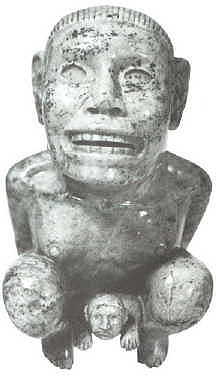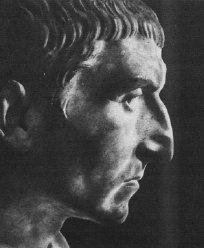by Patrick C. Ryan

![]() (06/09/2005)
(06/09/2005)
![]()



by Patrick C. Ryan

![]() (06/09/2005)
(06/09/2005)
![]()

| PRIMARY | PERFECT | INTRANSITIVE | SUBJUNCTIVE | OPTATIVE |
| THEMATIC | MIDDLE | MIDDLE | ||
| ***** | ***** | ***** | ***** | ***** |
| 1. -*oH | 1. -*H2e | 1. -*H2 | 1. -*oH | 1. -*H2 |
| 2. -*H1i | 2. -*tH2e | 2. -*tH2o | 2. -*eH1i | 2. -*tH2o/ˇ |
| 3. -*e | 3. -*e | 3. -*o | 3. -*e | 3. -*o/ˇ |
| SECOND |
| CONJUGATION |
| * * (singular) * * |
| 1. -*Ha |
| 2. -*Ho |
| 3. -*He |
the latest revision of this document can be found at
HTTP://www.oocities.org/proto-language/PIE-SecondConjugation.htm

Patrick C. Ryan * 9115 West 34th Street - Little Rock, AR
72204-4441 * (501)227-9947
PROTO-LANGUAGE@msn.com